BrianTheCutter
Shiny_Rock
- Joined
- Jul 26, 2002
- Messages
- 146
Garry and Belle thank you kindly good sir and madam.Date: 8/29/2005 4:53:32 AM
Author: Garry H (Cut Nut)
Well cut Brian.
Folks you can see the 4 lower girdle and the 1 main pavilion that has been reworked.
I have not checked back, but i think the crown has also been refacted slightly shallower to realign.
I would not reject this stone.
Intersting result for contrast.
DiamCalc likes the yawed stone best.
I have seen some very poor scans on stones submitted to AGS where the bad scan symmetry gets a better result for light performance than an excellent scan (ie bad symmetry performs better than excellent symmetry)
In super symmetrical stones we do not think yaw will be of benefit. John Q has had interesting discussions with Martin Haske on this. Garry yes there are cases where we feel it may be additive rather than subtractive. There is much to explore.
Belle you are quick to understand and yes you are worthy. Just remember it''s all in the hearts.


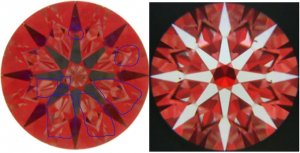
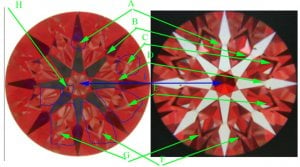
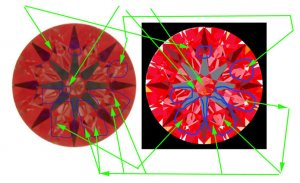
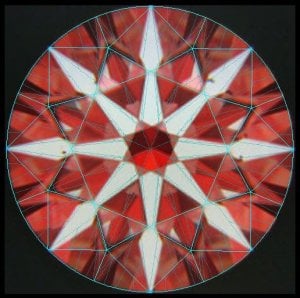
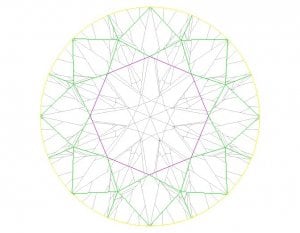
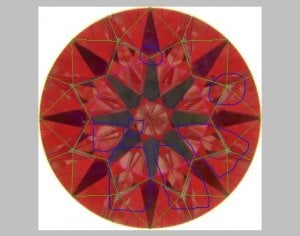
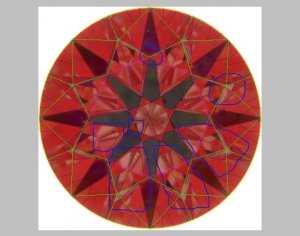
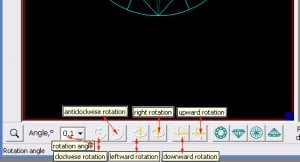

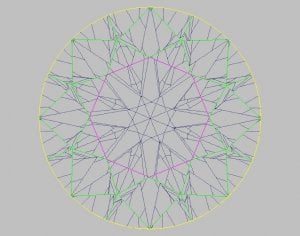
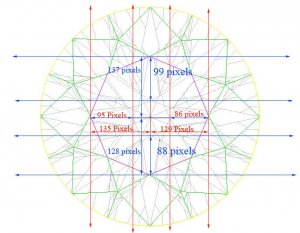
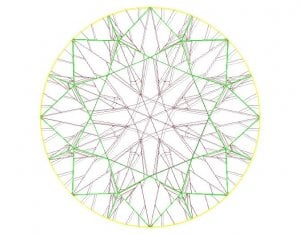
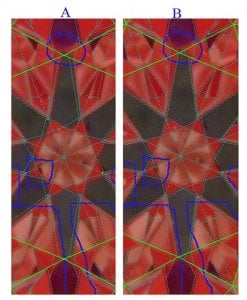
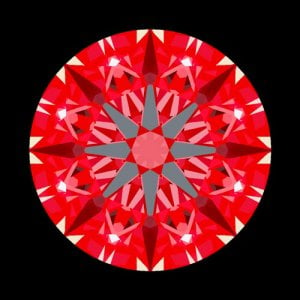
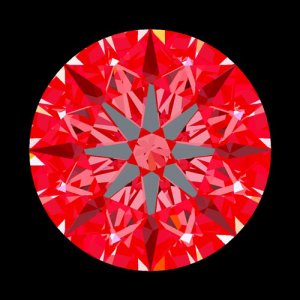

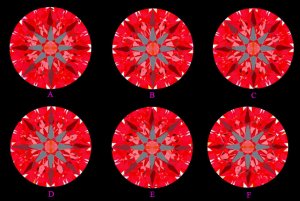
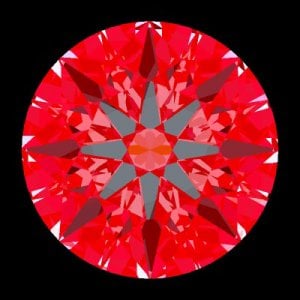
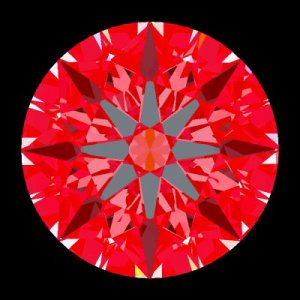
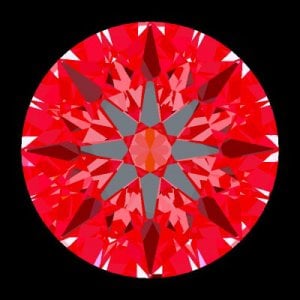
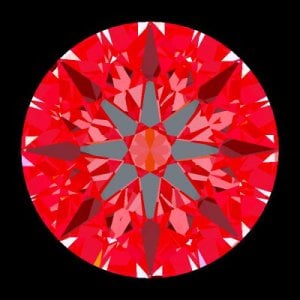
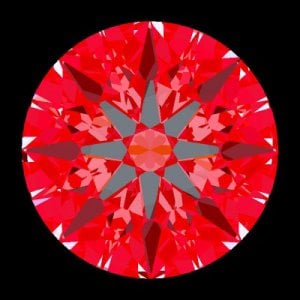
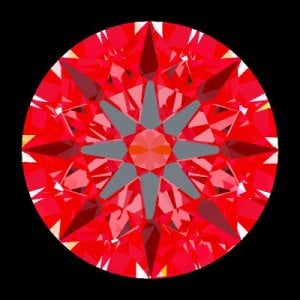







300x240.png)